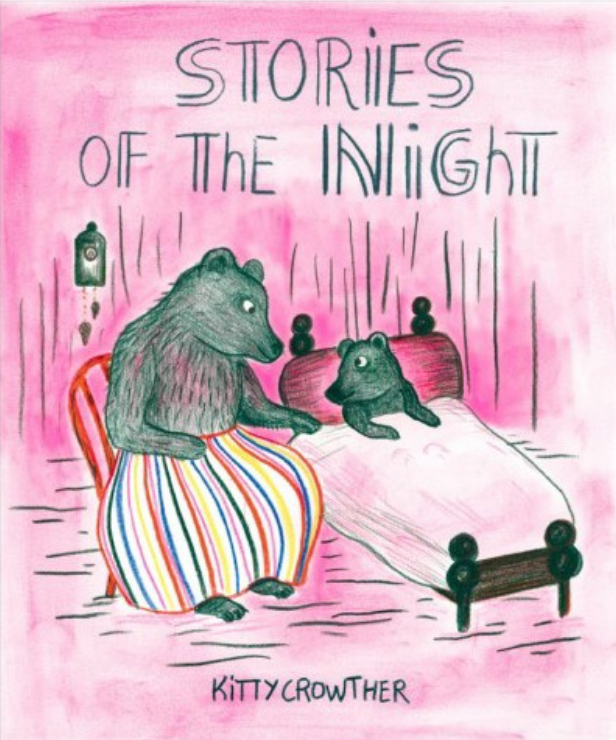By Janelle Mathis, Professor Emeritus, University of North Texas
The color yellow has always offered opportunities to celebrate, and fittingly so given its association with positive emotions and energy such as happiness, hope, warmth, enlightenment, confidence and enthusiasm. As it is a personal favorite color, I am especially drawn to illustrations that use yellow as a pop of color against a black/white/gray background, also known as monochromatic with a color accent. Thus, when A Dog Wearing Shoes or The Yellow Butterfly became part of my personal and classroom connection, I began gathering titles that had similar approaches to telling their story through art and focusing on the impact of this pop of color in each title, as well as those with perhaps a second accent color when appropriate to the story. My exploration gathered numerous titles and extended as well to those books where yellow (or gold) is a key color although not necessarily on a neutral background, such as A Place Where Sunflowers Grow (Amy Lee-Tai and Felicia Hoshino, il., 2006), Typewriter (Yevgenia Nayberg, 2020), or The Golden Glow (Benjamin Flouw, 2018). It also led to exploring the origins of color in books such as Before Colors, Where Pigments and Dyes Come From (Annette Bay Pimentel and Madison Safer, il., 2023). Continue reading



